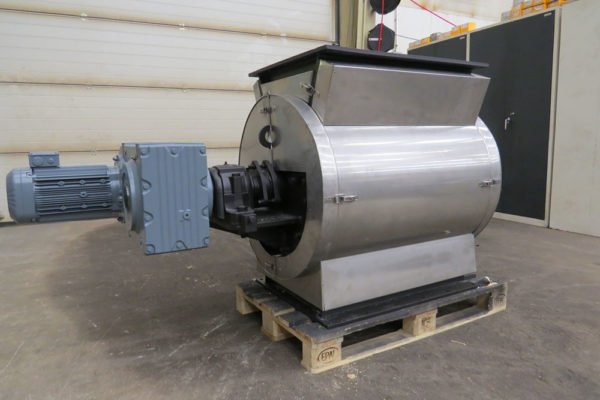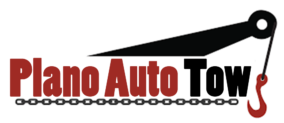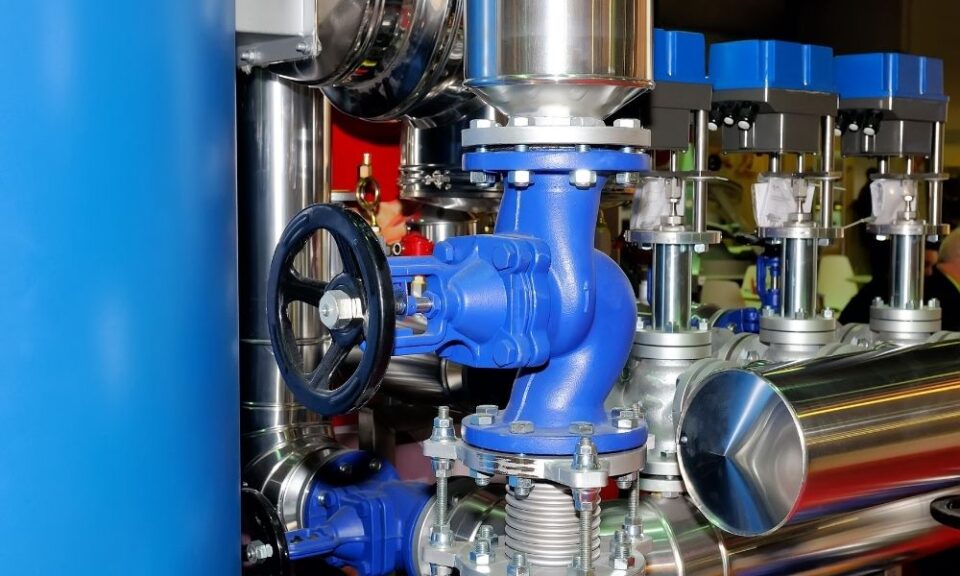The precision and efficiency of industrial processes heavily depend on the seamless operation of key components within material handling systems. Among these critical elements, the alignment of mechanical components plays a fundamental role in maintaining operational excellence and preventing costly disruptions.
Rotary airlock fundamentals
In modern pneumatic conveying systems, rotary air valves serve as essential components that regulate material flow while maintaining pressure differentials. These valves consist of a rotor with multiple pockets rotating within housing, creating an effective seal that prevents air leakage while facilitating material transfer.
Proper alignment encompasses multiple aspects of valve installation and maintenance. The rotor shaft must maintain perfect parallelism with the housing bore, while the clearances between rotor tips and housing remain consistent throughout the rotation cycle. Even minor misalignments of a few thousandths of an inch create uneven wear patterns and compromise the valve’s sealing effectiveness.
Core alignment parameters
Several critical parameters determine the quality of rotary valve alignment:
- Shaft centerline positioning – The rotor shaft must maintain true centerline alignment with both end housings
- Bearing mount perpendicularity – Bearing housings require precise perpendicular mounting relative to the shaft axis
- Housing bore concentricity – The valve housing bore must remain concentric with the rotor assembly
- Mounting surface flatness – Base mounting surfaces need proper levelling and flatness to prevent housing distortion
Impact of misalignment
When alignment issues occur, they trigger a cascade of operational problems:

- Accelerated component wear
- Increased power consumption
- Excessive noise and vibration
- Reduced material handling efficiency
- Premature seal failure
- Inconsistent material flow rates
Best practices for alignment maintenance
Regular inspection and maintenance of rotary air valves prove essential for optimal performance. Implementing a comprehensive maintenance schedule includes:
- Periodic alignment checks using precision measurement tools
- Regular bearing condition monitoring
- Inspection of mounting bolt torque values
- Assessment of foundation stability
- Verification of coupling alignment
- Documentation of clearance measurements
Advanced alignment techniques
Modern alignment methods incorporate laser measurement systems and digital indicators to achieve precise results. These tools enable maintenance teams to detect and correct misalignment issues before they develop into serious problems. The data collected through these measurements also helps establish trending analysis for predictive maintenance programs.
Integration considerations
The successful integration of rotary air valves within a pneumatic conveying system requires careful attention to surrounding equipment alignment. Connected ductwork, transitions, and other components must maintain proper alignment to prevent stress on the valve assembly. This holistic approach ensures optimal system performance and extends equipment life.
Installation requirements
Proper initial installation establishes the foundation for long-term reliability. Key installation considerations include:
- Rigid mounting surface preparation
- Precise leveling procedures
- Proper torque sequence application
- Accurate coupling alignment
- Correct shimming techniques
Performance optimization
Maintaining optimal alignment directly impacts system efficiency and reliability. Regular monitoring and adjustment of alignment parameters ensure:
- Consistent material throughput
- Reduced energy consumption
- Extended component life
- Minimal maintenance requirements
- Improved system reliability
The importance of proper alignment in rotary airlock valve operation cannot be overstated. By understanding and maintaining critical alignment parameters, organizations maximize equipment reliability while minimizing operational costs. A proactive approach to alignment maintenance, combined with modern measurement techniques and regular inspection protocols, ensures optimal performance and extended service life of these crucial system components.

